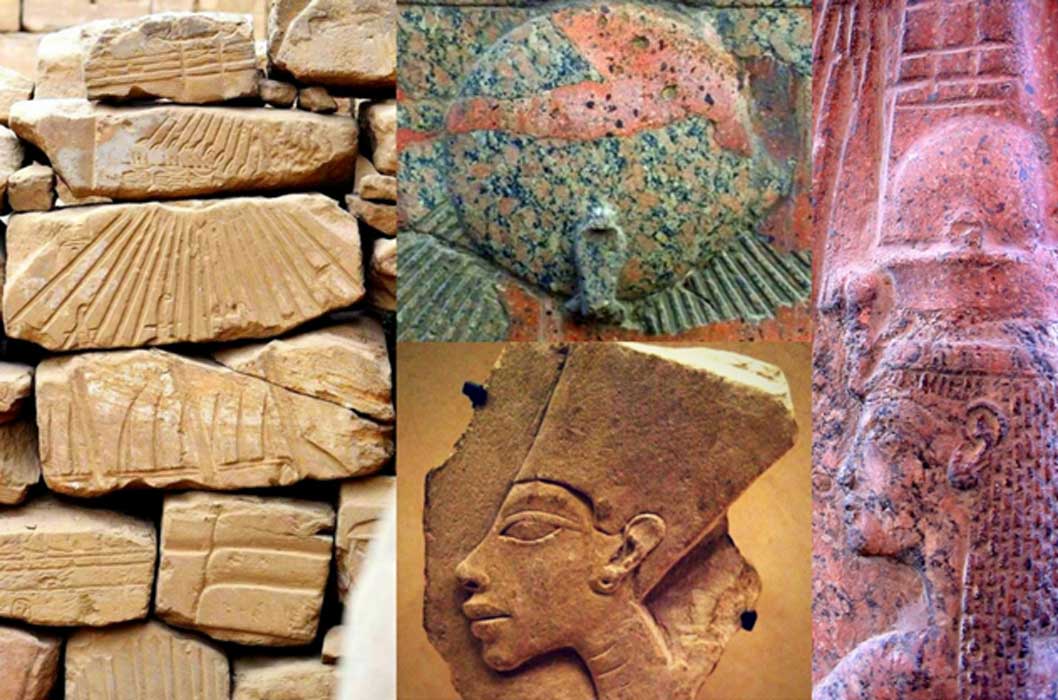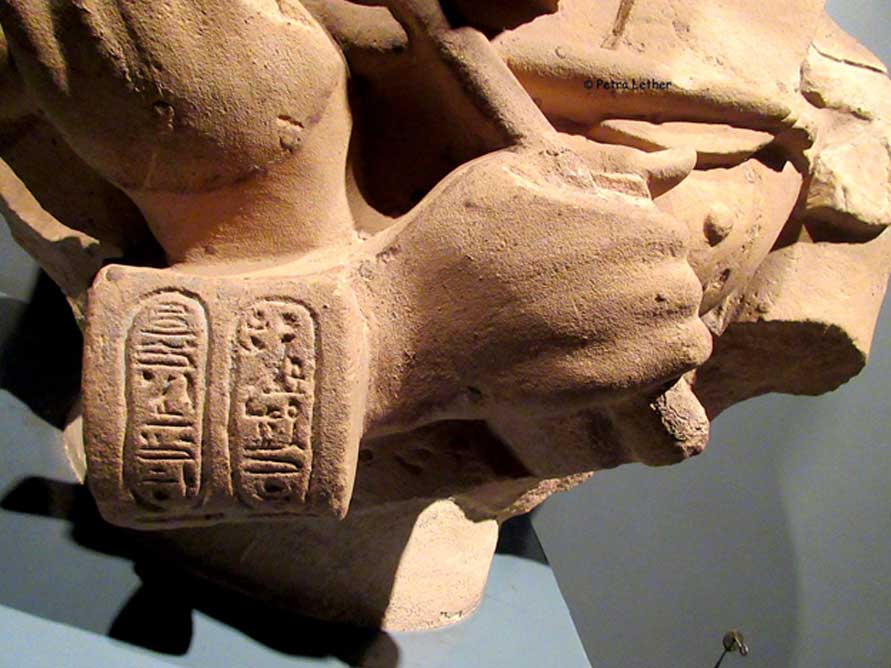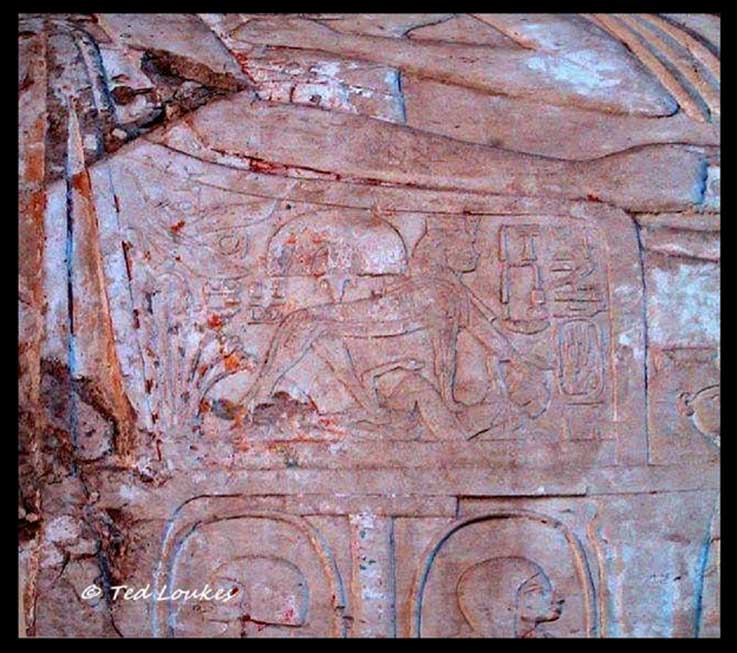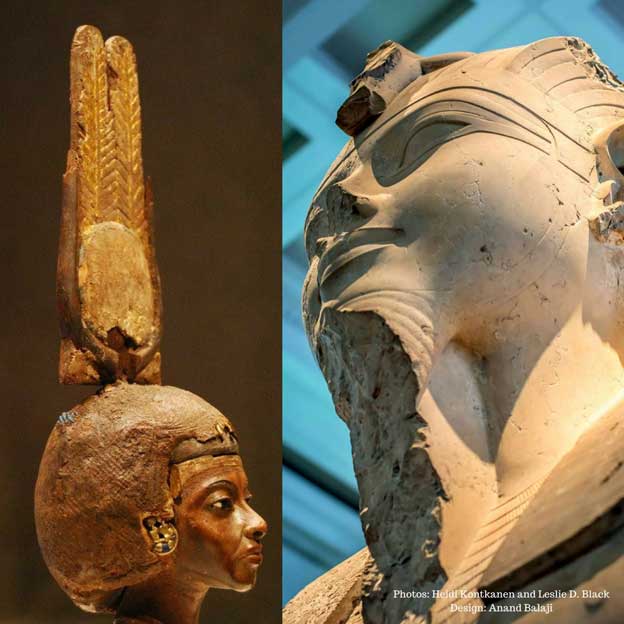
Amarna in 3 Acts: Defining Vignettes from an Incomparable Era
Three important aspects, in many ways, defined and shaped the Akhetaten years and the post-Amarna period. His detractors in the new disposition erased Pharaoh Akhenaten’s memory in great haste—an overwhelming humiliation being the omission of Amarna kings in the Abydos List. But, considering events in the centuries that followed, was the Heretic right to have been wary of the Amun cult; and did he elevate Nefertiti not merely as his co-regent, but as a funerary goddess as well?

An inscribed fragment of an indurated limestone statue from Amarna displays the cartouches of Neferkheperure and Nefertiti Neferneferuaten. After his death, no effort was spared to obliterate the memory of the iconoclastic ruler and his family—a vengeance that was matched only by his own earlier, against the god Amun. Metropolitan Museum of Art, New York.
ACT 1: Nefertiti and the Beautiful Death
Well into the reign of Amenhotep III, new elements were added to Queen Tiye’s portraiture; and this included her representation as a sphinx trampling enemies in the Asasif tomb of her steward Kheruef (TT192)—iconography hitherto reserved solely for the pharaoh—to accentuate her role as the monarch’s divine and temporal partner. A notable head of the elderly Tiye was crafted after the demise of her husband, and is proof of her divine status ante mortem.

Queen Tiye is depicted in an unusual fashion in the tomb of her steward Kheruef (TT192). In this relief, she is shown as a sphinx, indicating her domination over the hostile women of the country. This representation was reserved for ruling pharaohs.
Made of yew wood with silver, gold and glass; not until the advent of the Greeks a thousand years later did portraiture depict old age with such haggard realism. Arielle P. Kozloff and Betsy Bryan provide more insight: “This famous image chronicles not only the queen’s aging but also the baroque and exaggerated realism of the styles promoted at el-Amarna by Akhenaten.”

(Left) Head of a statuette of Queen Tiye wearing a double-feathered crown. This masterpiece is made of yew wood with silver, gold and glass. Neues Museum, Berlin. (Right) A limestone statue of Amenhotep III that originally stood within his Mortuary Temple in western Thebes. British Museum.
In a rare, surviving life-sized Granodiorite sculpture fragment of Tiye, she wears a double uraeus pendant from a modius crown, on top of which are bases of two tall feathers with a sun disc in the center. Tiye was the first queen to be depicted in this fashion. Researchers say that the addition of the sun disc to the standard queen’s modius and plumes implies an increased solarization of the consort’s role. Elsewhere, she was presented as goddess Ma’at, the personification of cosmic order; and also, Taweret, the hippopotamus deity.





